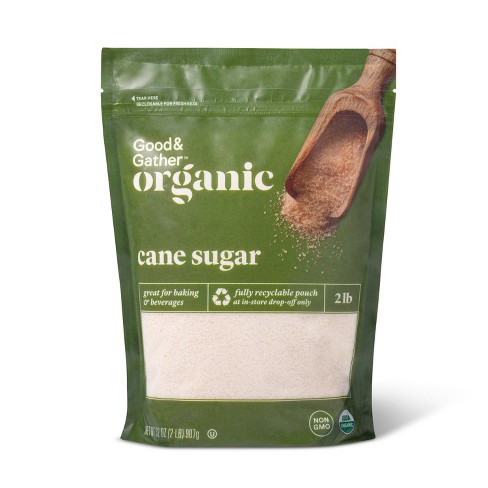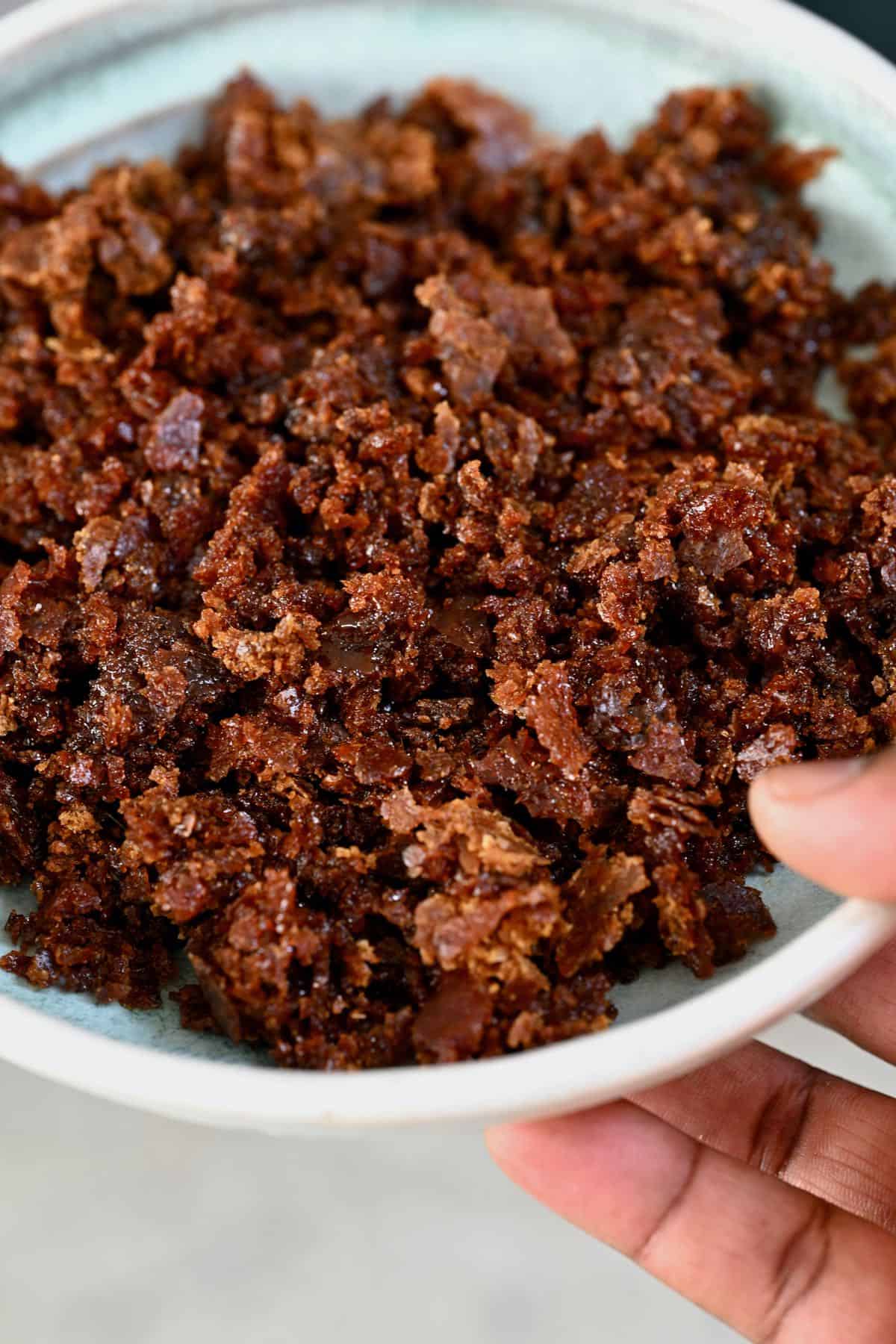An In-Depth Guide to the Environmental Effect and Sustainability Practices in Walking Cane Sugar Handling
The ecological influence of walking cane sugar handling offers a complicated variety of difficulties that warrant careful exam. From dirt deterioration and extreme water use to the carbon footprint associated with farming and production, the consequences of typical techniques are significant. What particular methods can be carried out to strike a balance in between productivity and ecological stewardship?
Introduction of Walking Stick Sugar Processing
Cane sugar handling entails a collection of systematic actions that transform sugarcane into refined sugar. Initially, gathered sugarcane is delivered to processing facilities, where it goes through cleaning to eliminate soil and particles. Following this, the walking stick is crushed to extract juice, which is after that clarified by getting rid of pollutants through heating and the addition of lime.
The cleared up juice undergoes dissipation, where water is removed to concentrate the sugar web content. This concentrated syrup is then taken shape through cooling, enabling sugar crystals to develop. These crystals are divided from the staying syrup utilizing centrifugation, causing raw sugar. To achieve polished sugar, the raw product undergoes additional filtration procedures, which might include filtering and cleaning to remove continuing to be impurities and color.
The end product is then dried and packaged for distribution. Throughout this entire process, maintaining efficiency and high quality control is necessary to guarantee the sugar satisfies market requirements. Each step in walking stick sugar processing not only contributes to the end product but also has effects for source usage and waste generation, establishing the phase for conversations on sustainability and environmental effects connected with sugar production.
Environmental Challenges of Manufacturing
The manufacturing of walking cane sugar offers a number of considerable environmental difficulties that warrant interest. One primary concern is the comprehensive use agrochemicals, including chemicals and plant foods, which can bring about dirt deterioration, biodiversity loss, and contamination of regional water sources. The runoff from sugarcane fields usually lugs these chemicals right into nearby communities, disrupting aquatic life and influencing the health and wellness of communities reliant on these water bodies.
An additional difficulty is the high energy consumption related to sugarcane processing. The boiling and refining phases call for substantial warmth, mostly generated by melting nonrenewable fuel sources, contributing to greenhouse gas exhausts. Additionally, the large acreage required for sugarcane farming can bring about deforestation and environment damage, further worsening climate modification and threatening wild animals.
Moreover, the labor methods in some regions increase ethical worries, as employees may encounter poor working problems and poor earnings. This situation commonly perpetuates a cycle of hardship in neighborhood neighborhoods. Cane Sugar Processing. Resolving these environmental difficulties is crucial for creating more sustainable techniques in cane sugar production, eventually profiting both the environment and the neighborhoods associated with this market
Water and Land Usage Impact
Water resources and land use are critical elements in the walking cane sugar industry that substantially impact the atmosphere. The farming of sugarcane requires significant water input, with estimates suggesting that it can eat as much as 2,000 liters of water per kilo of sugar produced. This intensive use water usually leads to depletion of neighborhood water sources, influencing not just the sugarcane haciendas yet additionally bordering communities and areas that depend on the exact same water sources for farming and residential usage.

Moreover, land usage for sugarcane cultivation can lead to logging and the conversion of natural habitats right into monoculture ranches. This practice reduces biodiversity, interrupts local ecological communities, and contributes to dirt degradation. The growth of sugarcane fields typically intrudes on important farming land, creating competition for resources between food and biofuel click here for info manufacturing.
Sustainable methods, such as optimizing irrigation techniques and implementing plant turning, are crucial to mitigate these impacts. By taking on much more efficient water use and land management techniques, the cane sugar market can minimize its eco-friendly impact, ensuring a balance between agricultural efficiency and ecological conservation.
Greenhouse Gas Emissions
Greenhouse gas discharges stand for a substantial ecological concern within the cane sugar processing industry, particularly as agricultural practices expand to meet global demand. The farming of sugarcane, a plant that prospers in exotic environments, counts greatly on artificial plant foods and chemicals, which add to nitrous oxide discharges. Furthermore, land-use changes, including logging for brand-new sugarcane haciendas, launch co2 kept in greenery and soil.
Throughout handling, energy usage is an additional significant source of greenhouse gas exhausts - Cane Sugar Processing. Many sugar mills make use of fossil fuels to power equipment and produce heat, causing significant carbon footprints. In addition, the transportation of raw sugarcane and finished items adds layers of exhausts through gas combustion in lorries
This involves examining existing agricultural techniques, processing techniques, and transportation systems to determine locations for enhancement and reduction. Addressing greenhouse gas discharges is crucial for promoting an extra sustainable walking stick sugar sector in an altering environment.

Sustainable Practices and Innovations
Sustainable practices and innovations are significantly essential in the walking stick sugar processing sector as stakeholders seek to reduce ecological influences while preserving productivity. One considerable development is the implementation of incorporated crop management, which maximizes resource usage by incorporating soil monitoring, bug control, and plant rotation techniques. This strategy improves return while reducing chemical inputs and maintaining soil health and wellness.
Furthermore, the fostering of sustainable power sources, such as biomass from sugarcane residues, has actually gotten grip - Cane Sugar Processing. By converting waste items into energy, processing centers can reduce their dependence on fossil gas, consequently decreasing greenhouse gas emissions
Water administration techniques have likewise seen renovations with the recycling and reusing of water in handling plants, significantly minimizing freshwater consumption. Innovations in innovation, why not try here such as accuracy farming, make it possible for farmers to monitor crop health and wellness and source use better, guaranteeing sustainable growing methods.
Moreover, qualification programs like Fair Profession and Rain forest Partnership urge eco responsible farming practices and promote social equity within the supply chain. By embracing these sustainable practices and developments, the cane sugar processing industry can enhance its strength and add favorably to ecological stewardship.
Final Thought
The environmental effect of cane sugar i thought about this processing offers substantial obstacles, consisting of dirt deterioration, high water consumption, and greenhouse gas emissions, along with moral worries associated to labor practices. Addressing these issues via lasting methods, such as integrated crop monitoring, eco-friendly power fostering, and water recycling, is necessary. By advertising socially equitable and eco accountable techniques in sugar production, the sector can alleviate its negative effects, ensuring an extra sustainable future for both areas and ecological communities associated with this market.
Cane sugar handling includes a series of organized steps that change sugarcane into polished sugar. Each step in walking cane sugar processing not just contributes to the last product however likewise has effects for resource usage and waste generation, setting the stage for conversations on sustainability and environmental influences connected with sugar manufacturing.
Greenhouse gas emissions stand for a considerable ecological issue within the walking cane sugar processing market, specifically as agricultural methods increase to meet worldwide need.Sustainable methods and innovations are progressively essential in the cane sugar processing sector as stakeholders look for to decrease ecological influences while maintaining efficiency.The ecological influence of walking cane sugar handling offers significant difficulties, consisting of dirt destruction, high water usage, and greenhouse gas discharges, along with moral concerns associated to labor methods.